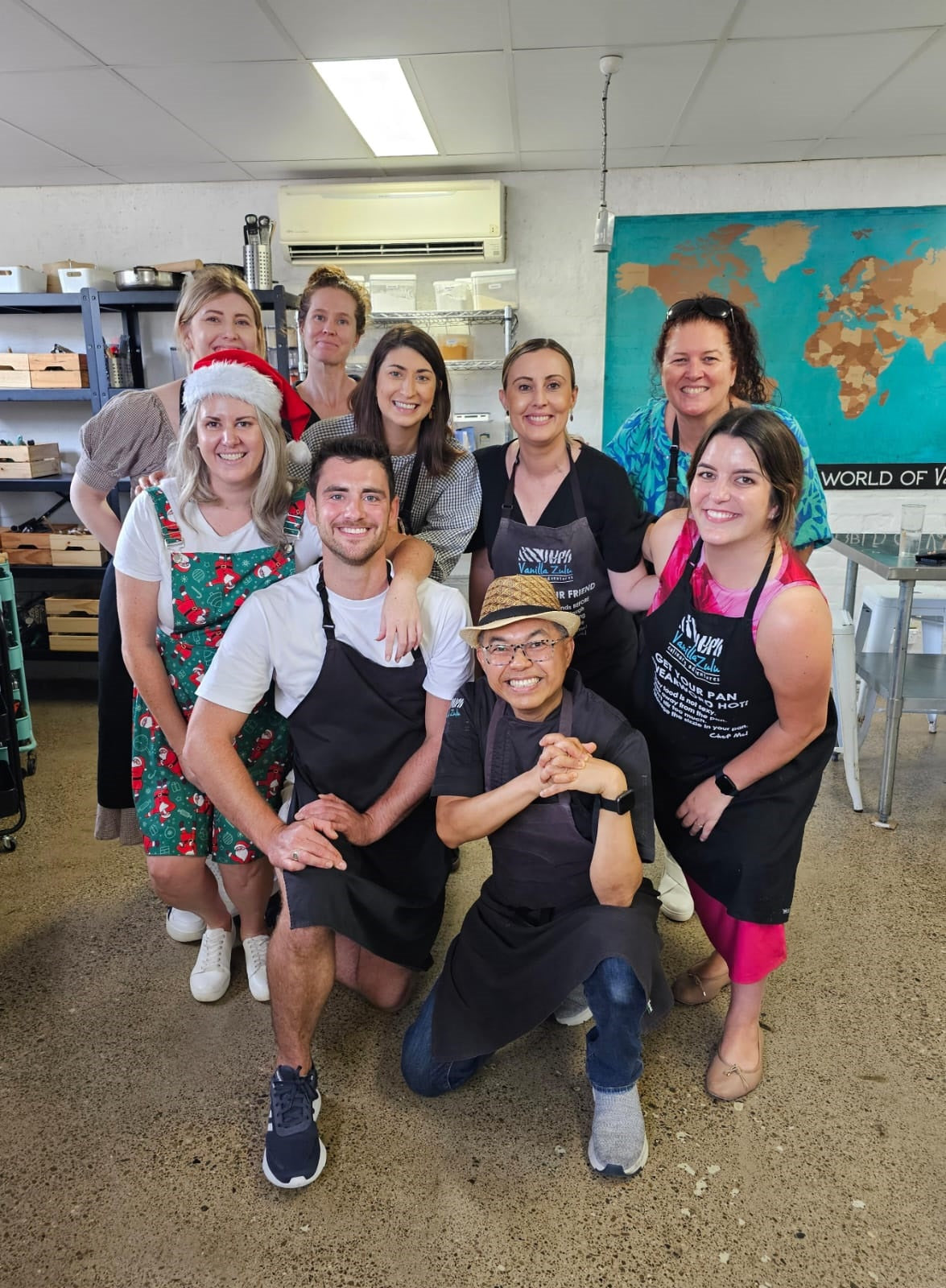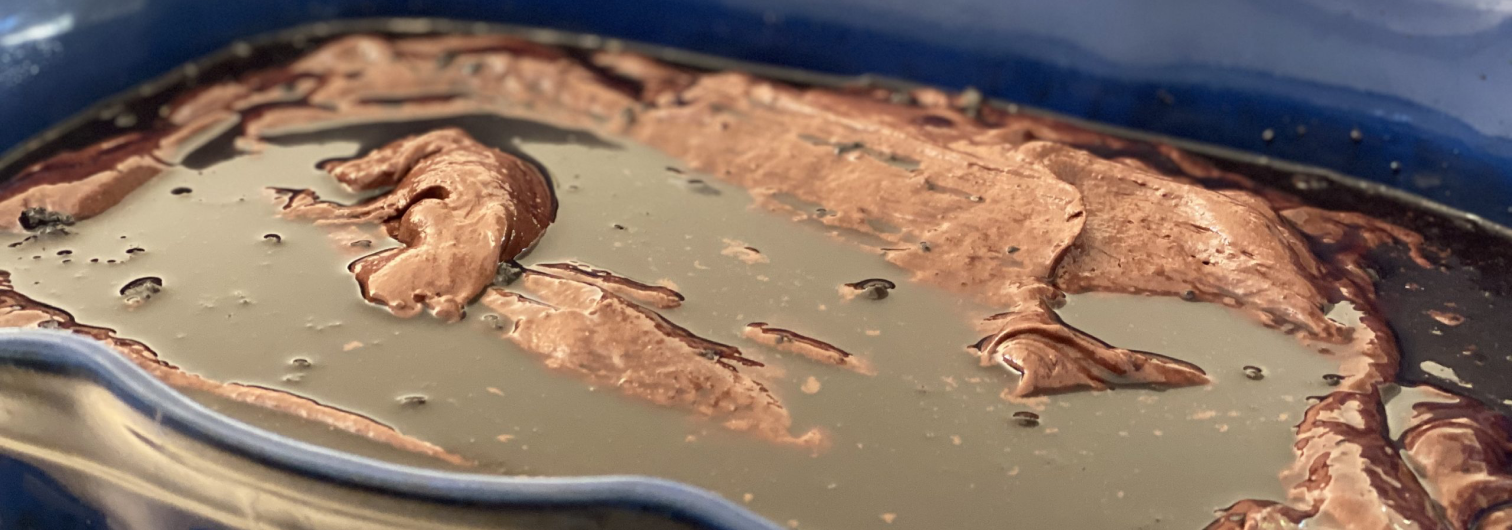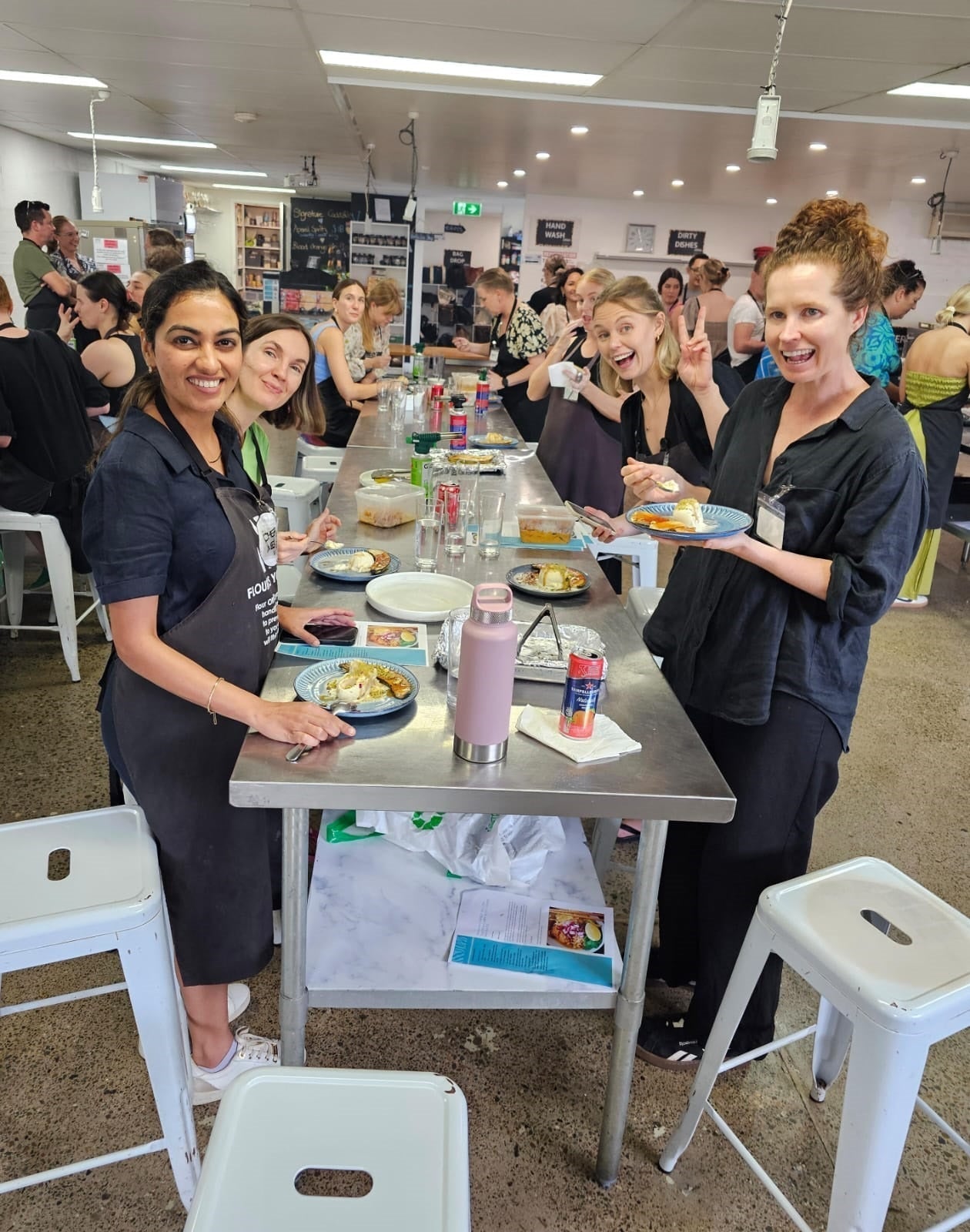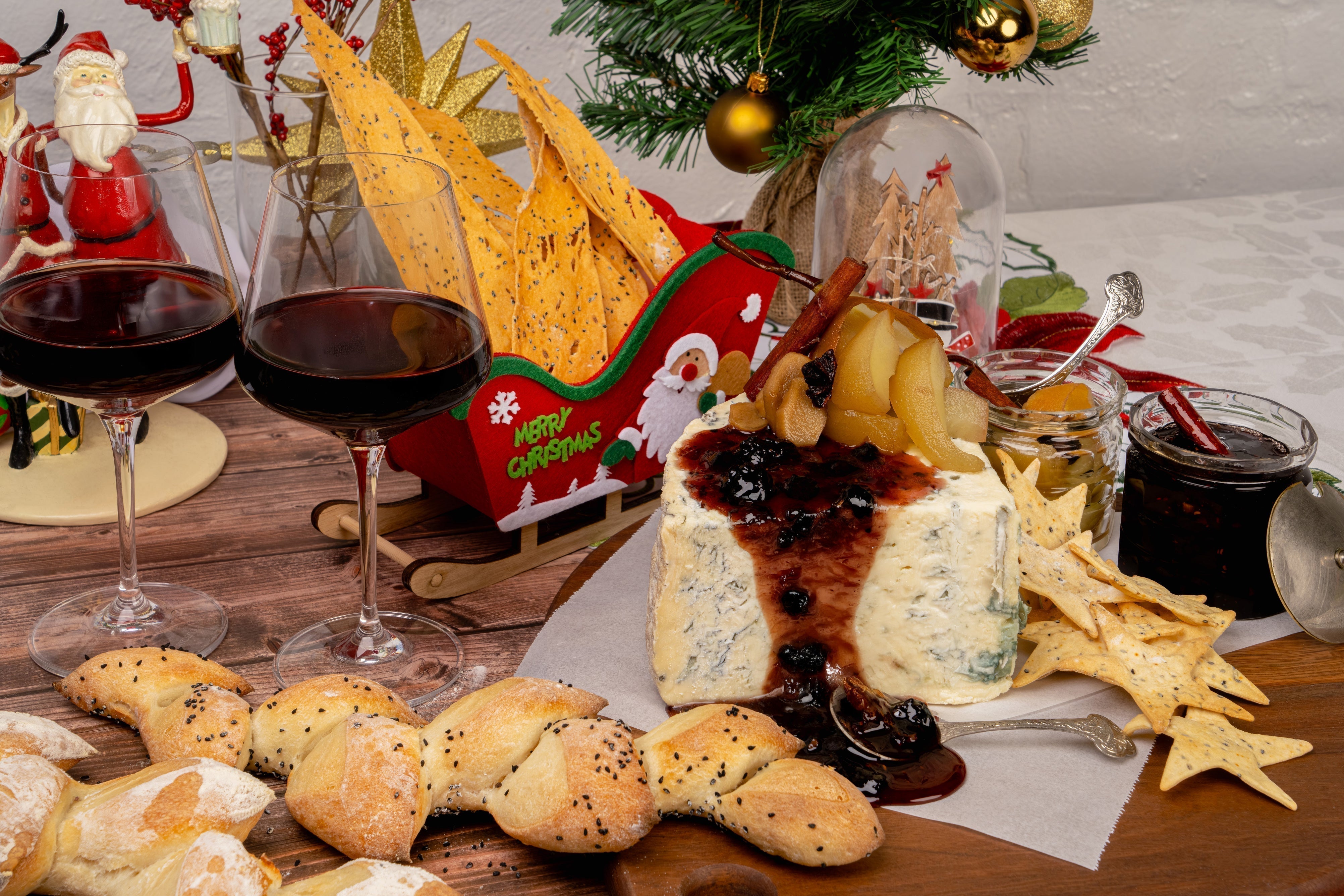
From Potjie to Braai: Mastering Simple South African Cooking Traditions
If you’ve ever tasted South African cuisine, you would be familiar with the rich flavours, diverse in cultural influences. At its heart lie a few iconic dishes, like the comforting potjiekos, spicy aromatic chicken curry, chewy biltong and the smoky braai. These are integral parts of South African heritage, fostering community and creating unforgettable flavours. While they might seem intimidating, they are surprisingly accessible and incredibly rewarding. In this blog, we focus on mastering the potjie and braai.
Embracing the small pot
Let's start with the potjiekos, which means "small pot food". This slow-cooking method of South African cooking is traditionally done in a three-legged cast iron pot over an open fire. It is the epitome of patience and the infusion of flavour. The beauty of the potjie lies in its simplicity. Ingredients are layered rather than stirred, allowing each element to cook in its own juices and meld together over time.
Delicious foundations
The foundation of a good potjie is to start with oil and aromatics like onions, garlic and spices. Then comes your meat, often browned for extra flavour. Vegetables, from hardy root vegetables to softer additions, are layered on top, followed by a liquid – stock, wine, or even beer – which steams and simmers the ingredients to tender perfection. The key is to maintain a low and slow heat, allowing the flavours to deepen and the textures to become succulent.
Aroma and flavour
A classic potjie recipe will often feature lamb, beef, or chicken, combined with vegetables like potatoes, carrots and pumpkin. You can include spices like coriander, cumin and turmeric for warmth and taste. While you may encounter some recipe variations, remember that the aromas wafting from the pot over hours is part of the experience itself, culminating in a hearty, flavourful stew that’s perfect for sharing.
South African braai: It’s all about good company
Next, we move to the beloved braai. Aussies do love a good barbecue, but the South African braai is a social ritual, a celebration of good company and smoky, grilled perfection. It’s a cornerstone of South African culture, bringing people together around the flames. Whether you choose to cook over simple brick structures or elaborate gas grills, the essence of a braai remains the same: cooking over hot coals.
Master the heat
Mastering the braai involves understanding heat control. You will need to build a good fire and allow the coals to reach the perfect glowing ember stage. Knowing how to create different heat zones is crucial for evenly cooked and flavourful food. Get the heat control right and you will soon be able to do braai staples like boerewors (a traditional South African sausage), steaks, chops and even chicken, fish, vegetables and bread.
Awaken the senses
The smoky coals are what gives braai its distinct flavour, but this is complemented by simple marinades and seasonings. You’ll be surprised at how the flames can bring out the best of these seasonings for a unique taste. Popular ingredients for braai flavourings include salt, onion powder, garlic powder, coriander, paprika, lemon, balsamic vinegar, and sticky barbecue sauce for marinades. Wrap fish and potatoes in tin foil for best results.
Cherish the moments
Both potjie and braai offer a fantastic way to connect with South African culinary heritage and create delicious, memorable meals. These are simple dishes that use fresh ingredients and provide the joy of cooking outdoors with fire and are easy to learn with a little guidance from the experts.
If that mouthwatering desire for South African cooking has gripped you, get ready to master these iconic traditions. Whether you’re dreaming of a flavourful potjie, the perfect smoky braai, or other delicious South African favourites, our hands-on cooking classes at Vanilla Zulu will equip you with the skills and confidence to impress your friends and family.
Book a South African cooking class with Vanilla Zulu and learn the techniques to make and bake traditional dishes from the tip of the southern hemisphere.




